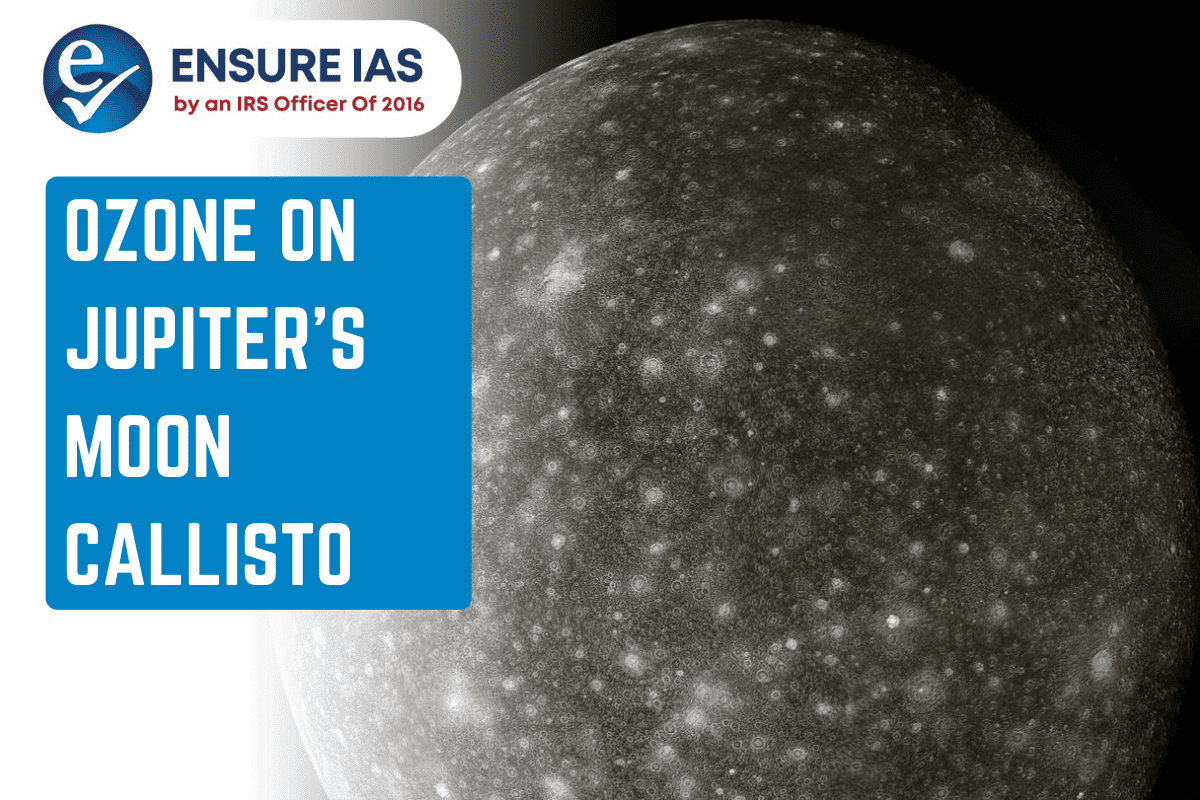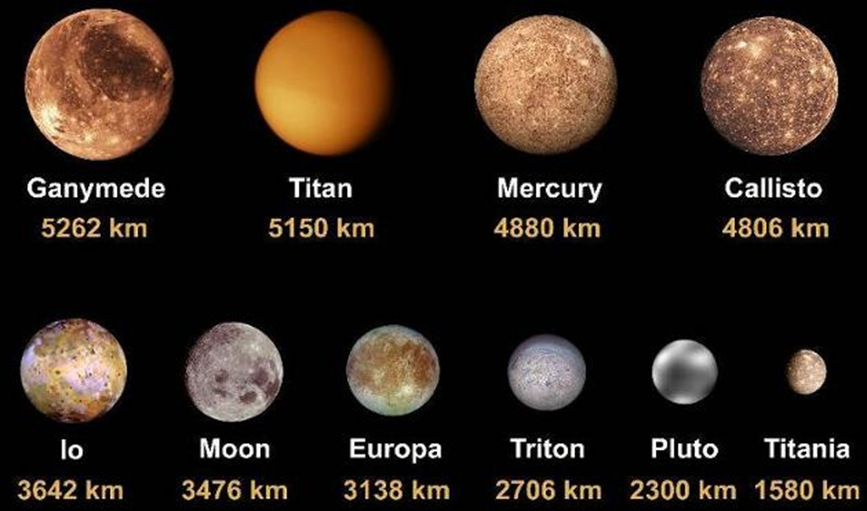- Courses
- GS Full Course 1 Year
- GS Full Course 2 Year
- GS Full Course 3 Year
- GS Full Course Till Selection
- Answer Alpha: Mains 2025 Mentorship
- MEP (Mains Enrichment Programme) Data, Facts
- Essay Target – 150+ Marks
- Online Program
- GS Recorded Course
- Polity
- Geography
- Economy
- Ancient, Medieval and Art & Culture AMAC
- Modern India, Post Independence & World History
- Environment
- Governance
- Science & Technology
- International Relations and Internal Security
- Disaster Management
- Ethics
- NCERT Current Affairs
- Indian Society and Social Issue
- NCERT- Science and Technology
- NCERT - Geography
- NCERT - Ancient History
- NCERT- World History
- NCERT Modern History
- CSAT
- 5 LAYERED ARJUNA Mentorship
- Public Administration Optional
- ABOUT US
- OUR TOPPERS
- TEST SERIES
- FREE STUDY MATERIAL
- VIDEOS
- CONTACT US
OZONE ON JUPITER’S MOON CALLISTO
OZONE ON JUPITER’S MOON CALLISTO
05-04-2024

In a discovery, an international team of scientists, including researchers from India, has found solid evidence indicating the presence of ozone on Jupiter's moon, Callisto.
- This discovery has important implications for understanding the composition of the Moon's atmosphere.

Callisto: Key Facts
- Size and Location: Callisto is one of Jupiter's largest moons and the third-largest in the Solar System, after Ganymede and Titan.
- Composition: Callisto is primarily composed of water ice, rocky materials, sulfur dioxide, and some organic compounds. This unique composition makes it a potential place for supporting life beyond Earth in the Solar System.
- Surface Features: Callisto's cratered surface reveals a long history of impacts from asteroids and comets. Unlike some of Jupiter's other moons, such as Io and Europa, Callisto lacks significant seismic activity.
Exploring Ozone:
- Composition: Ozone (O3) is a gas composed of three oxygen atoms. It occurs naturally in the Earth's atmosphere, both in the upper (stratosphere) and lower (troposphere) regions.
- Formation: Stratospheric ozone forms through the interaction of solar ultraviolet (UV) radiation with molecular oxygen (O2).
- Protective Layer: The "ozone layer," located approximately 6 to 30 miles above the Earth's surface, plays a role in reducing the amount of harmful UV radiation reaching the Earth's surface, protecting life on our planet.

Must Check: Best IAS Coaching In Delhi



